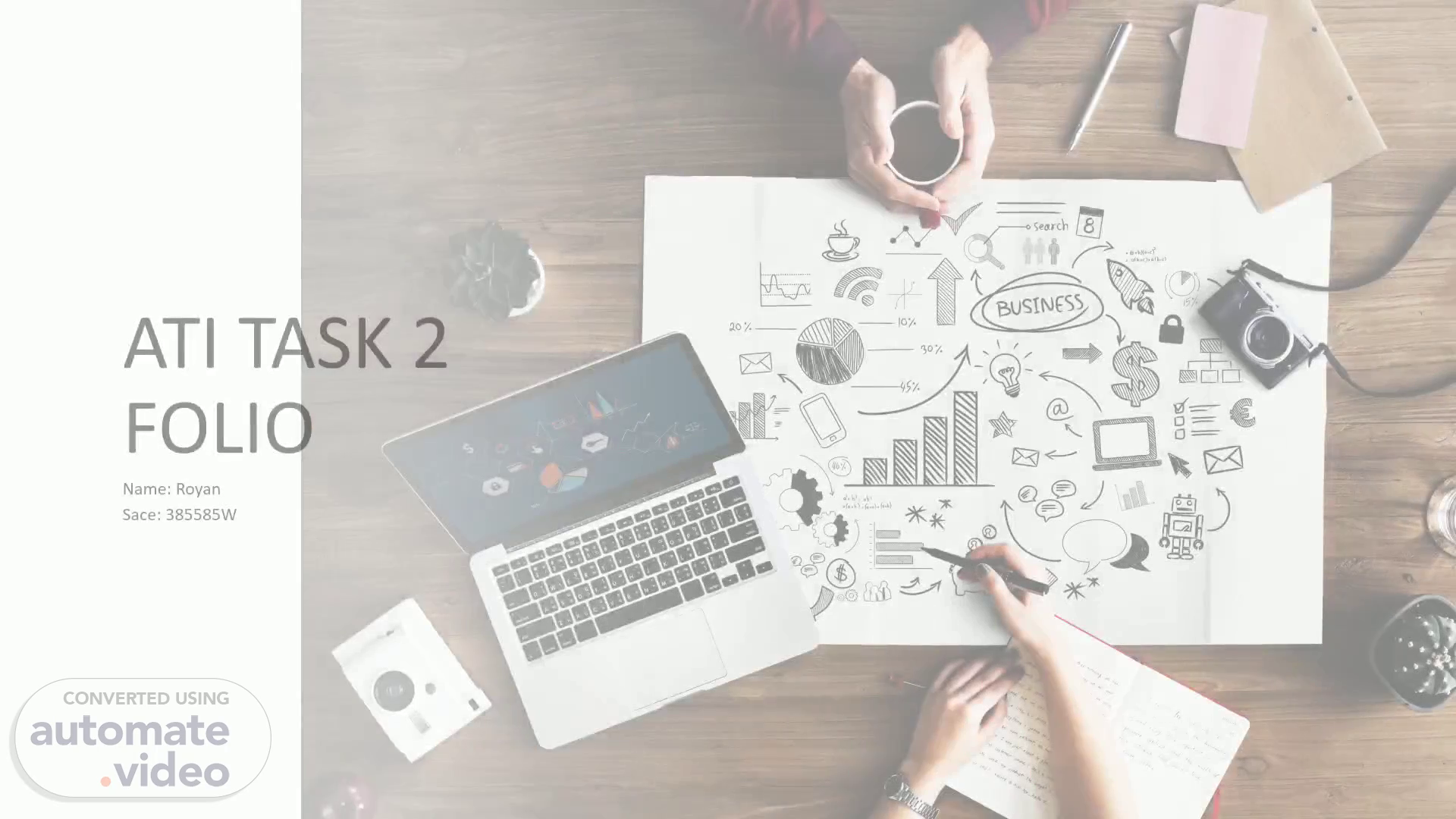Scene 1 (0s)
A group of people working on a project Description automatically generated with low confidence.
Scene 2 (10s)
[Audio] Using the Value Proposition Canvas, I did a detailed analysis of the present market for hijabs, which are particularly created for Muslim women. It was brought to my attention that consumers were having problems with the security of their hijabs, such as slippage, material degradation, hair loss, and maintaining an acceptable outer look. According to poll replies, nearly 70% of participants agreed with the listed difficulties. However, there was expressed worry about the environmental sustainability of the textiles used in their hijabs..
Scene 3 (46s)
[Audio] In response to these discoveries, we developed the Hi-Pack, a hijab made from recycled plastic. Given that plastic garbage accounts for 79% of landfill waste, this tackles a wider environmental concern. To address this environmental issue front on, we forged a relationship with a firm that specializes in transforming plastic into textiles. This partnership resulted in the fabrication of hijabs made of plastic-derived chiffon..
Scene 4 (1m 18s)
[Audio] I used the GANT chart as a project management tool to efficiently manage my time and guarantee I meet the assignment deadline..
Scene 5 (1m 42s)
[Audio] The customer personas consisted of a broad group of Muslim women, focusing mainly on those who play sports and everyday workers. We discovered that the majority of the abandoned or underutilized hijabs were due to concerns about the quality, functionality, and sustainability of the materials used. Our poll respondents agreed, verifying our proposed remedy and its environmental effects..
Scene 6 (2m 21s)
[Audio] Our product provides several advantages for our consumers. It fosters trust by giving a sustainable and environmentally friendly solution that satisfies their individual style requirements. Additionally, clients may be able to save money on pins and replacement hijabs. We do, however, recognize consumer pain, such as the necessity for regular hijab modifications, hair loss from tight fits, and damage to the hijab itself. These are all concerns we aim to address with our innovative product. From my lean validation and the empathy map, these are all issues that we want to address with our revolutionary product. The Hi-Pack is our unique answer to the difficulties recognized in the hijab industry. It is a high-quality, sustainable hijab made completely of recycled plastic, with each hijab created from seven recycled plastic bottles. This product not only meets consumers' expectations for a secure and long-lasting hijab, but it also helps with environmental sustainability. Every Hi-Pack includes a card certifying that the hijab was created from seven recycled plastic bottles, encouraging transparency and a sense of connection to a larger cause..
Scene 7 (3m 41s)
[Audio] Value proposition canvas has allowed me to explore the customer profile and the value map of our product. The customer profile reveals that the customer's pain is spending excessive time and money searching for materials that don't ruin their hijab like pins or cannot find their favorite hijab. This issue leads to related problems such as experimenting with different materials, and searching extensively online or in stores, often resulting in buying the wrong item or not being available in their area. To address this pain point, we opted for an e-commerce business model. We have a dedicated website where consumers can easily place orders, and we provide fast worldwide shipping to better serve our global client base. Furthermore, we offer free delivery on purchases over a particular value, assuring our clients' affordability and accessibility. The Hi-Pack's pricing has been painstakingly chosen to represent its worth, considering its distinctive quality, sustainable manufacture, and degree of comfort it provides to our clients. Our website has detailed price information..
Scene 8 (4m 51s)
[Audio] In terms of environmental effects, our project is making a substantial contribution to lowering the quantity of plastic garbage that ends up in landfills. We are reusing a considerable amount of waste material that would otherwise be hazardous to the environment by converting plastic waste into fabrics for hijabs. Furthermore, by employing recycled plastic trash as the primary material for our hijabs, we promote a circular economy and the larger objective of sustainability. Each Hi-Pack hijab purchase helps our environmental purpose, turning our consumers into active participants in the struggle to conserve our world..
